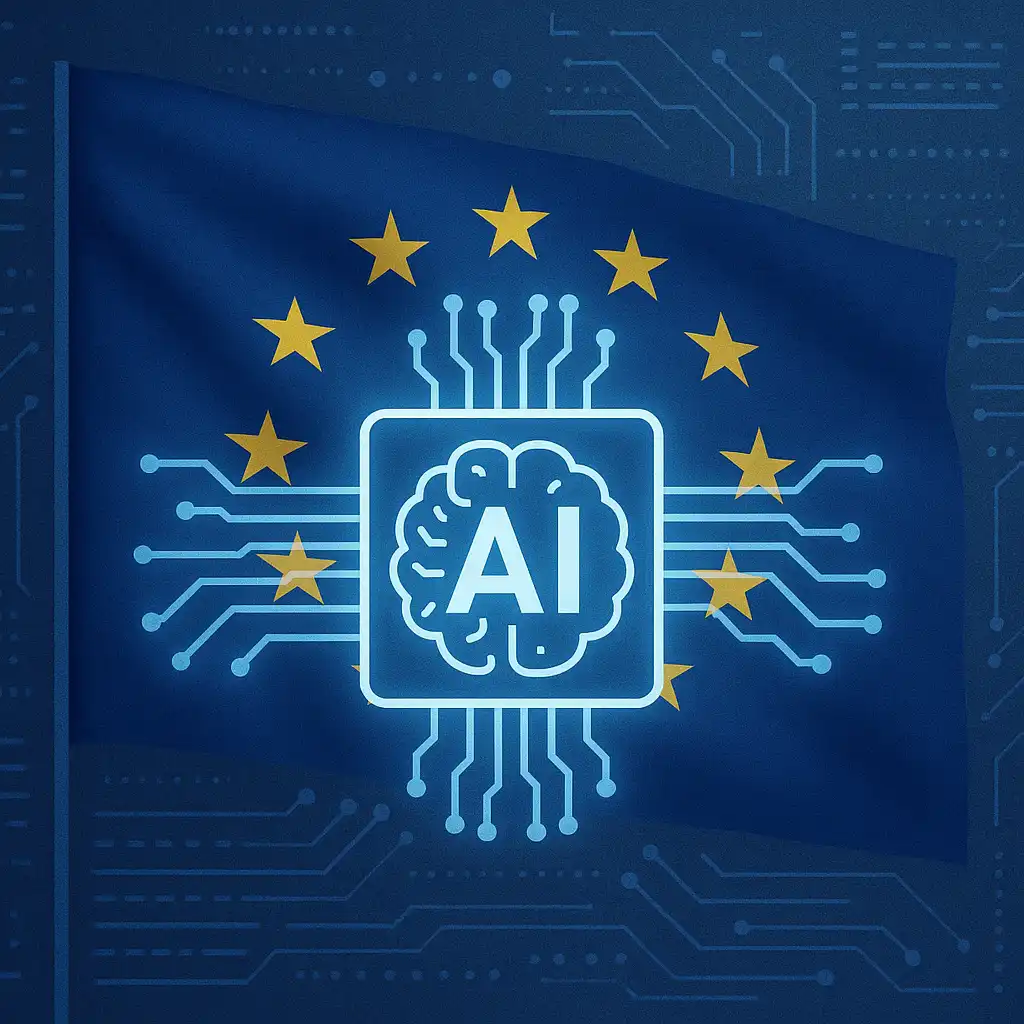EU Generative AI Regulation: Liability, IP & Privacy
Introduction
The European Union is on the verge of implementing one of the most comprehensive frameworks for regulating artificial intelligence. With the AI Act moving closer to finalization, legal professionals and businesses alike are scrambling to understand its impact. From liability to intellectual property and privacy concerns, this legislation will set a global precedent. This post explores the critical elements of EU AI regulation and what steps law firms and businesses should take to stay compliant.
The Legal Landscape of Generative AI
Generative AI tools—such as text generators, image creators, and code assistants—pose unique legal challenges. Unlike traditional software, these models generate outputs that can contain copyrighted materials, personal data, or misinformation. The AI Act aims to address these issues by introducing clear risk classifications and obligations for developers and users.
Liability Frameworks Under the AI Act
The current liability regime in the EU struggles to handle AI-driven harm. If an AI-generated legal opinion contains false information leading to client losses, who is responsible—the developer or the user? The EU’s proposal leans toward imposing strict liability on providers of high-risk AI systems, which includes tools used in critical sectors like law and healthcare. This means firms must perform due diligence before integrating AI into client services.
Privacy Concerns and GDPR Implications
Generative AI models often rely on massive datasets, many of which contain personal information. This raises red flags under the General Data Protection Regulation (GDPR). Compliance requires anonymizing data and implementing measures to prevent re-identification. Noncompliance can result in fines of up to 4% of annual global turnover—adding to the risk profile for businesses using AI irresponsibly.
Intellectual Property Disputes
One of the most contentious issues is whether AI-generated content qualifies for copyright protection. Current EU law does not recognize non-human authorship, which complicates ownership rights. Furthermore, the use of copyrighted works in training datasets is under legal scrutiny, with potential lawsuits looming for companies that fail to secure proper licensing agreements.
The EU’s Response: The AI Act’s Core Provisions
The AI Act introduces a tiered approach to regulation:
- Prohibited AI Practices: Systems that manipulate behavior or exploit vulnerabilities.
- High-Risk Systems: AI used in critical infrastructure, law enforcement, and legal advisory services, subject to strict conformity assessments.
- Transparency Obligations: Users must be informed when interacting with AI-generated content.
Failure to comply could result in penalties of up to 6% of global annual revenue, making compliance not just a legal necessity but a financial imperative.
Action Plan for Law Firms and Businesses
To stay ahead of the regulatory curve, organizations should:
- Conduct an AI compliance audit to identify potential risks.
- Develop governance policies for AI usage, including approval workflows and documentation requirements.
- Train legal teams and staff on AI risks, ethical considerations, and regulatory requirements.
- Monitor evolving case law and EU guidance to adjust compliance strategies.
Conclusion
The EU’s approach to generative AI regulation marks a turning point for global technology governance. For law firms, compliance is not optional—it’s essential for maintaining trust, avoiding penalties, and delivering ethical legal services in an AI-driven world. Firms that act proactively will position themselves as leaders in responsible AI adoption.
